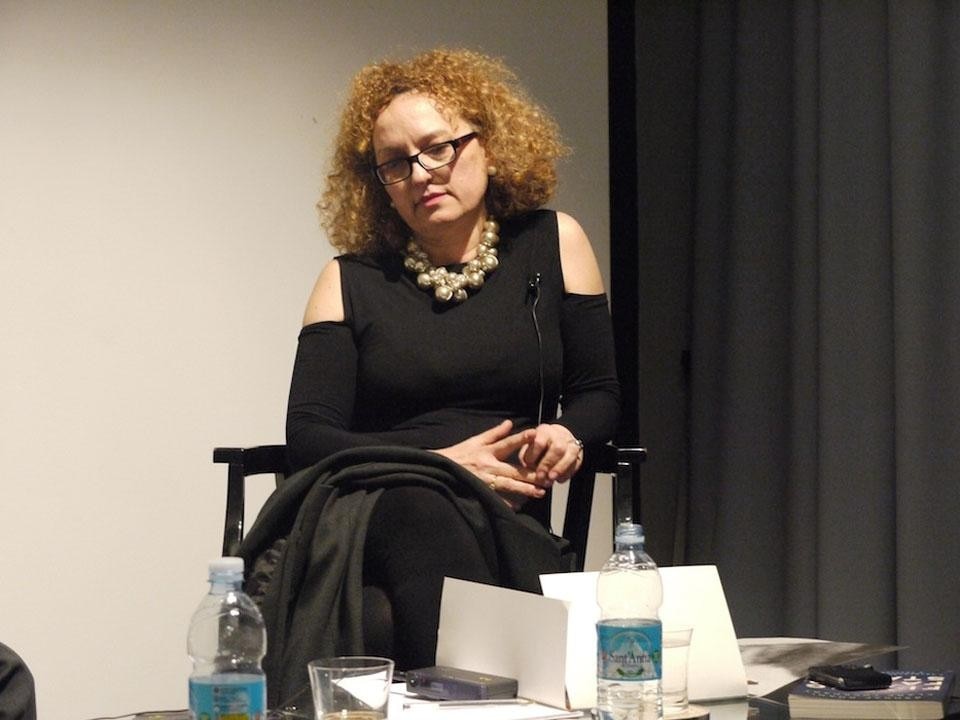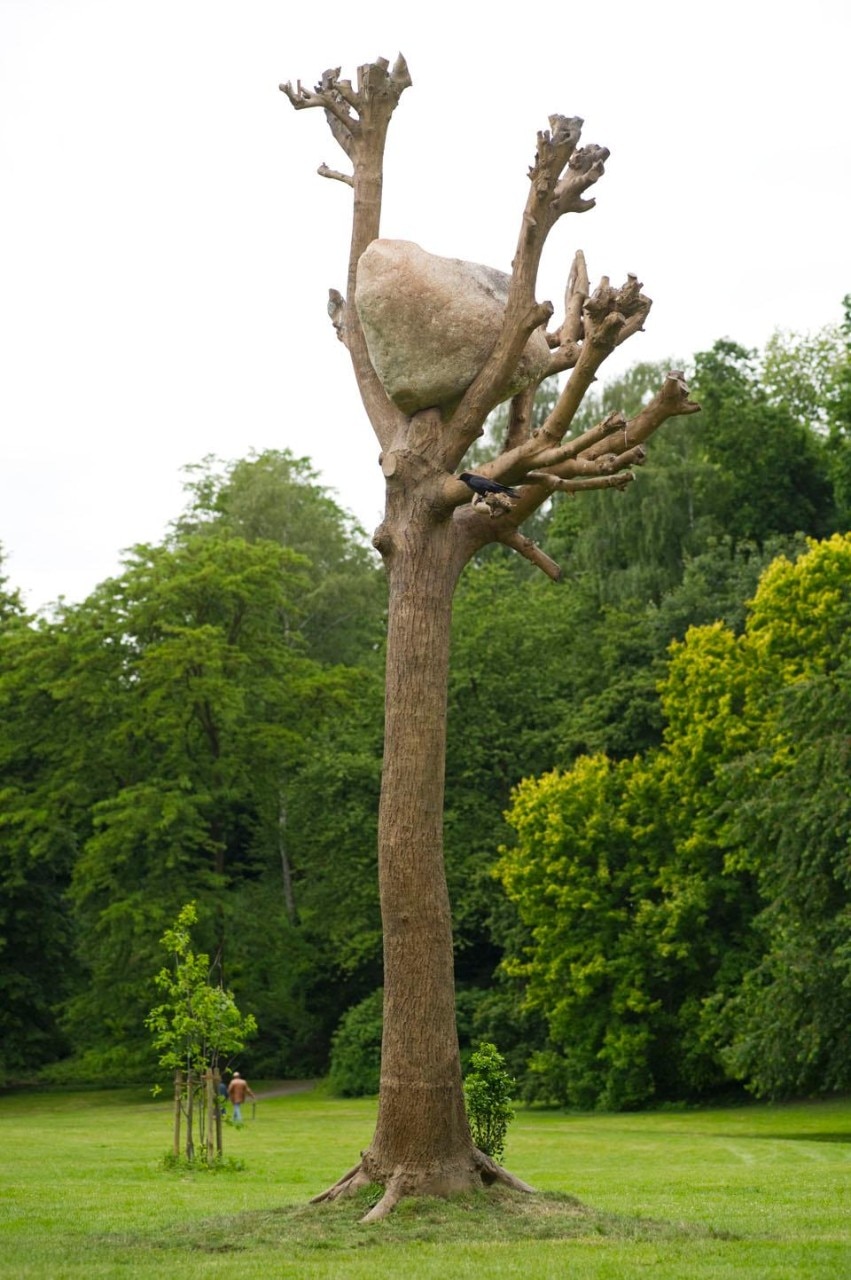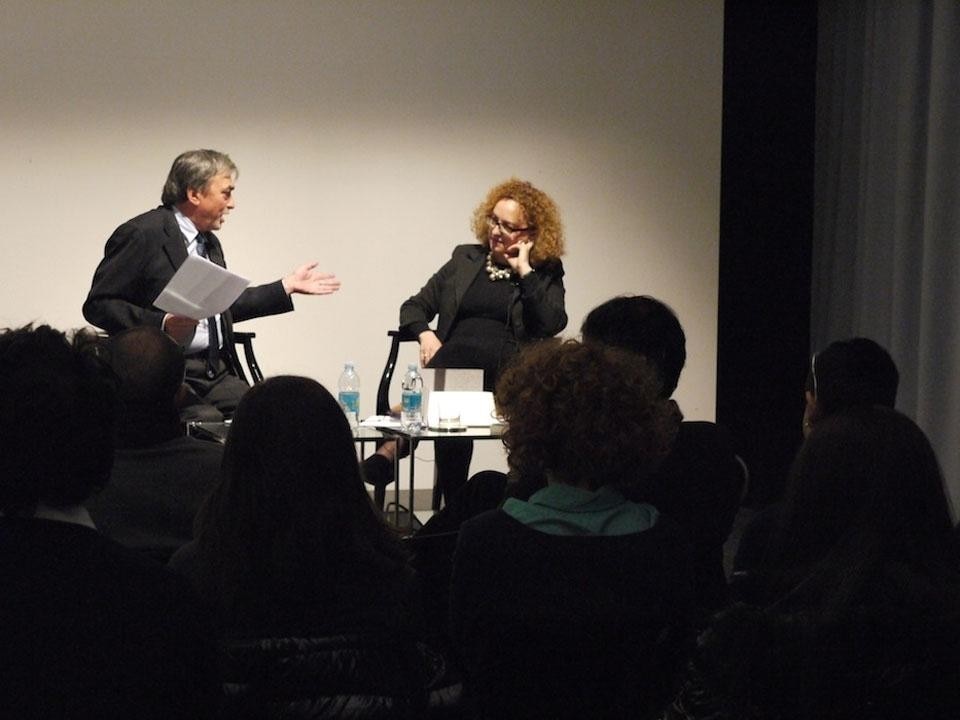The letter is a starting point for a conversation in which the story of the Italian-American curator is revealed to the public in stages, which migrate from topic to topic. These are wide-ranging, from the reflection on the history of Documenta and the role that this event played in the social process of postwar reconstruction of civil society, to the theme of the relationship between globalization and translation, or the description of the work of Salah H. Hassan and the Institute of Comparative Modernities at Cornell University, to the exploration of some "composite ontologies," the study of which is the very object of the process of constructing the exhibit. There are also themes of participation and withdrawal as contemporary and parallel modes of existence, science and advanced technology in alliance with the oldest traditions, analysis of the terms of proximity and distance "rootedness and homelessness" as dual forms of subjectivity, and many more.

"Deferring" thus becomes a metaphor, if not for dOCUMENTA (13), about which we still know little, then certainly for its process of creation: organic, uncontrolled and open to change like a gaseous form.
"In an art system dominated by curatorial practice," it is the intention of the curator to "act without a pre-defined curatorial plan." The show builds as an anonymous and collective, singular and plural "murmur" produced through the work of a diverse group of curators, artists, intellectuals, scientists and researchers in different disciplines—anthropology, biology, quantum physics, philosophy, literature, art, archaeology—who are already part of the Honorary Advisory Committee, as well as a group of Agents. Like different software, the two teams are necessary tools for research and investigation, expandable over time—complex and unstable curatorial entities.

Digressions and diversions. The Como conversation, as the Documenta we are imagining in the words of its artistic director, will move forward "by constellations" crossing Eduardo Viveiros de Castro's Multinaturalism and the archives, floppy disks and notebooks of Erkki Kuriennemi, a nuclear physicist who founded the first department of electronic music at the University of Helinski. dOCUMENTA (13), as Carolyn Christov suggested in her letter, "is more than, and not only, an exhibition—it is a state of mind," due to the nature of its origins and how the art world has adopted this exhibition.
In an art system dominated by curatorial practice," it is the intention of the curator to "act without a pre-defined curatorial plan.

The Ratti Foundation's "Kunsthalle" project explores both the present and looks to the future. And looking to the future, the dOCUMENTA (13) curator suggests, is to reflect upon the fact that perhaps the field of art will no longer exist by the end of the twenty-first century. "I'm not sure," Christov-Bakargiev continues. "Science and the humanities are redefining everything. Something that we now call art and that artists do will continue, but it is not certain that this category will still exist in the way we define it today. "What will it be? What will we call it?" I don't know and it probably doesn't matter. I'm more interested in thinking about how Anton Zeilinger thinks about reality or how Gerard Byrne looks at the world, for example, to try to create dialogue between them." It is not a question of a multi-disciplinary approach. "Is this perhaps more interesting? Can we understand more this way? Hear more? Love more?"
It is all very interesting. We await another letter, another seed waiting for June 2012.

Writer and curator. Since 2009 he has taught Exhibition History at NABA and collaborated with the School of Design at the Politecnico di Milano. He was a researcher and assistant curator at institutions such as GAMeC, Fondazione Antonio Ratti. He was a lecturer for the AA in London. He worked as an architect for Peter Zumthor Architekturbüro in Switzerland. He writes regularly for various magazines.

